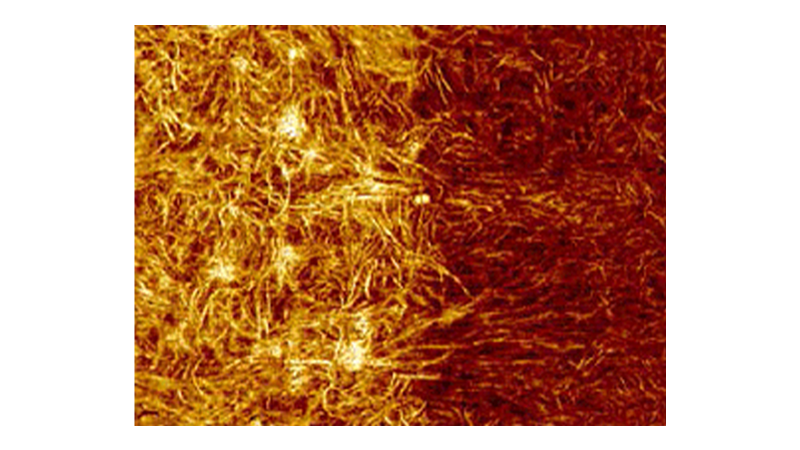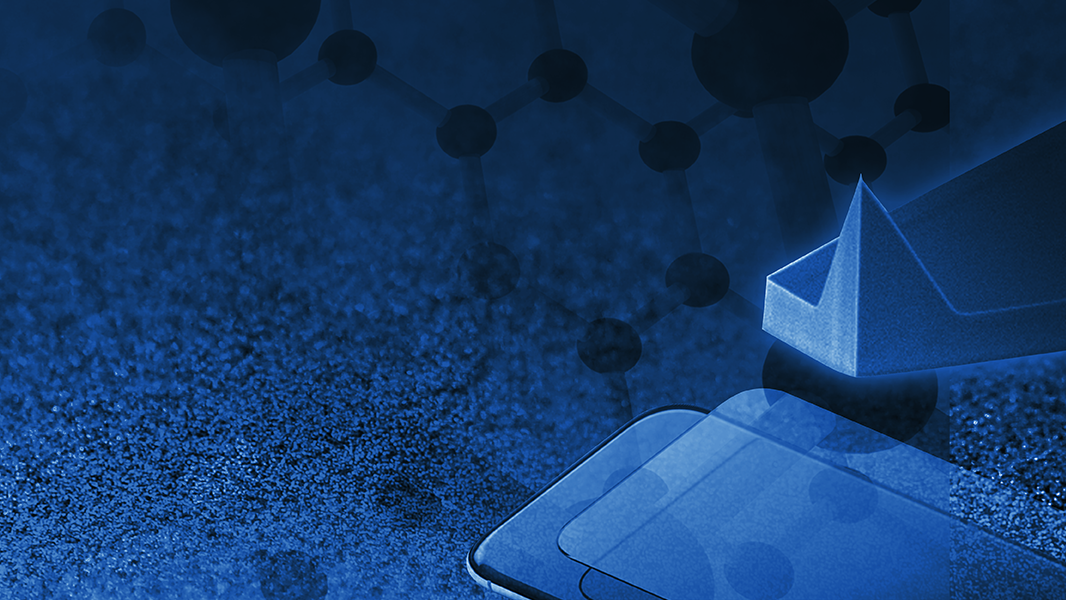Overlapping and essential roles for molecular and mechanical mechanisms in mycobacterial cell division
Nature Physics (2019) doi:10.1038/s41567-019-0679-1
In this article, Odermatt et. al. use AFM to shed light on the process of cell division in Mycobacterium smegmatis, a relative of the pathogen that causes tuberculosis in humans. The authors find that mechanics and biochemistry work in concert to affect this process at the cell level. Once a pre-cleavage furrow (PCF) is formed, a positive feedback loop sets in. Local stress increases, which accelerates the local peptidoglycan hydrolysis and thus decreases in material strength, culminating in a rapid, circumferential rupture of the connecting cell wall starting from the weakest section. AFM force curves and PeakForce QNM measurements locate the PCF and provide evidence of increased local stress with high spatial resolution, in situ, on live cells. Manipulation of Turgor pressure, AFM-induced cell cleavage, and puncturing nascent siblings with a sharp AFM tip provided further insight and confirmation. In summary, the authors used AFM to disentangle the complex interplay of mechanical forces and biochemical processes governing growth and cell division of a class of pathogens.

